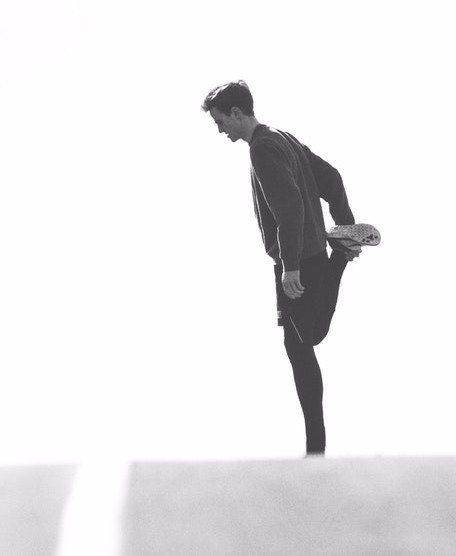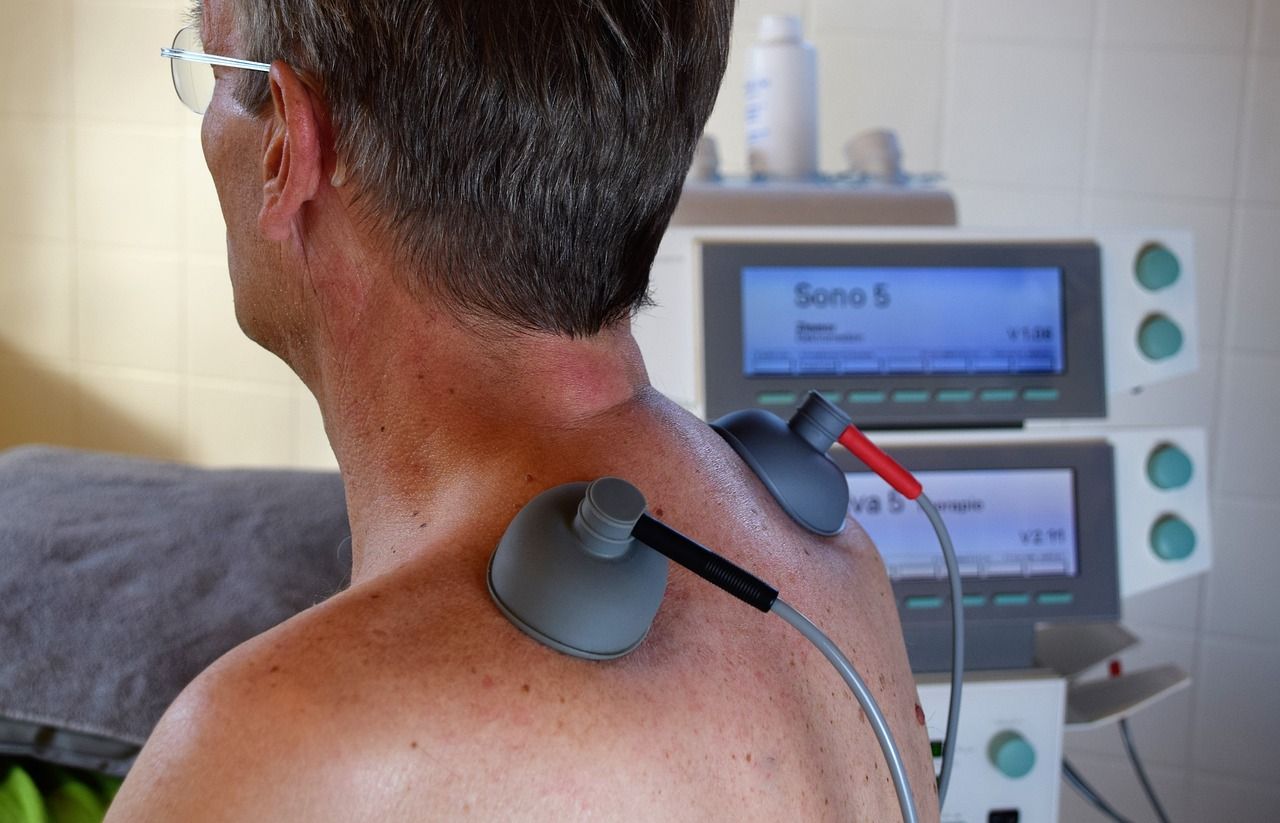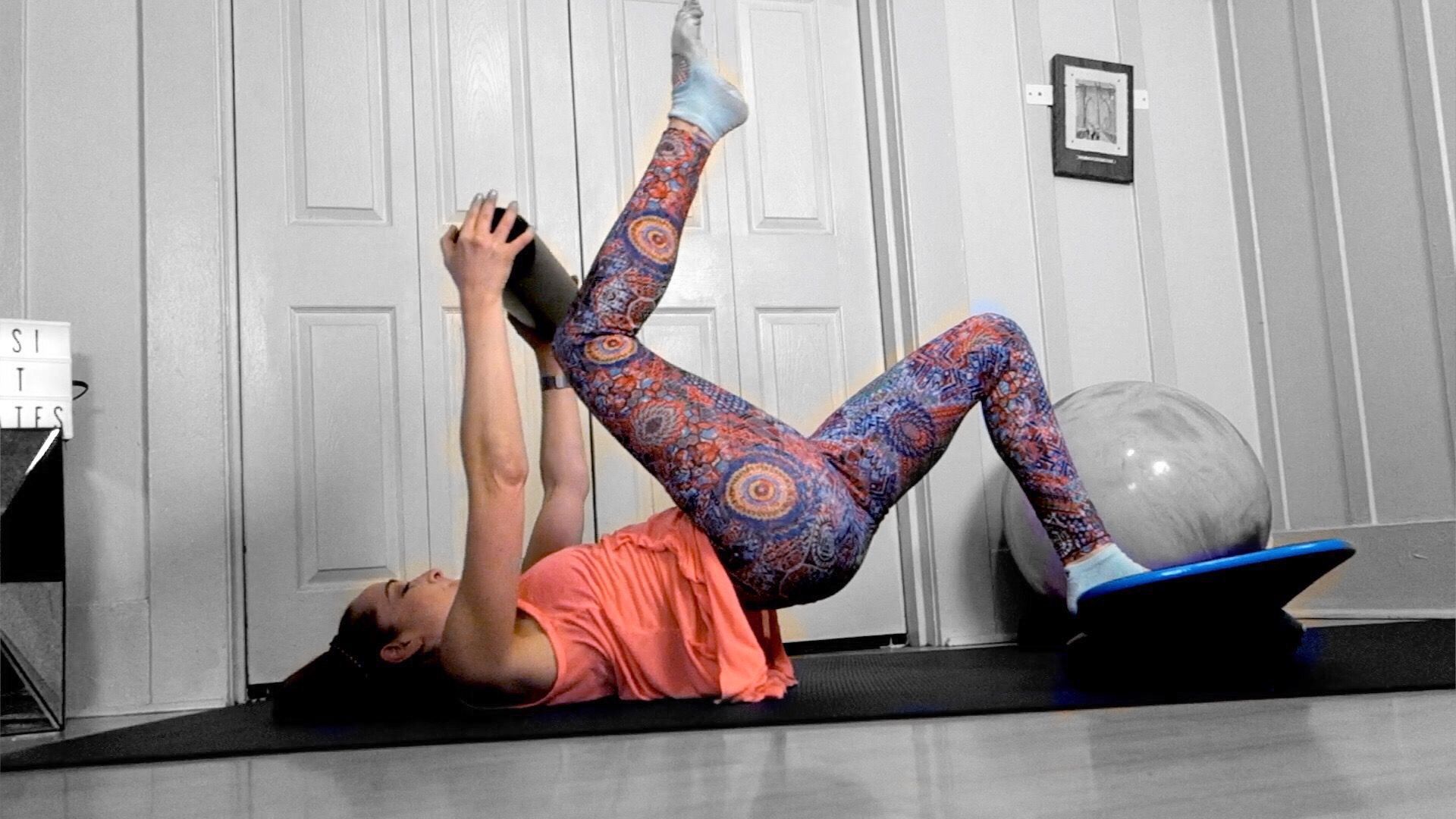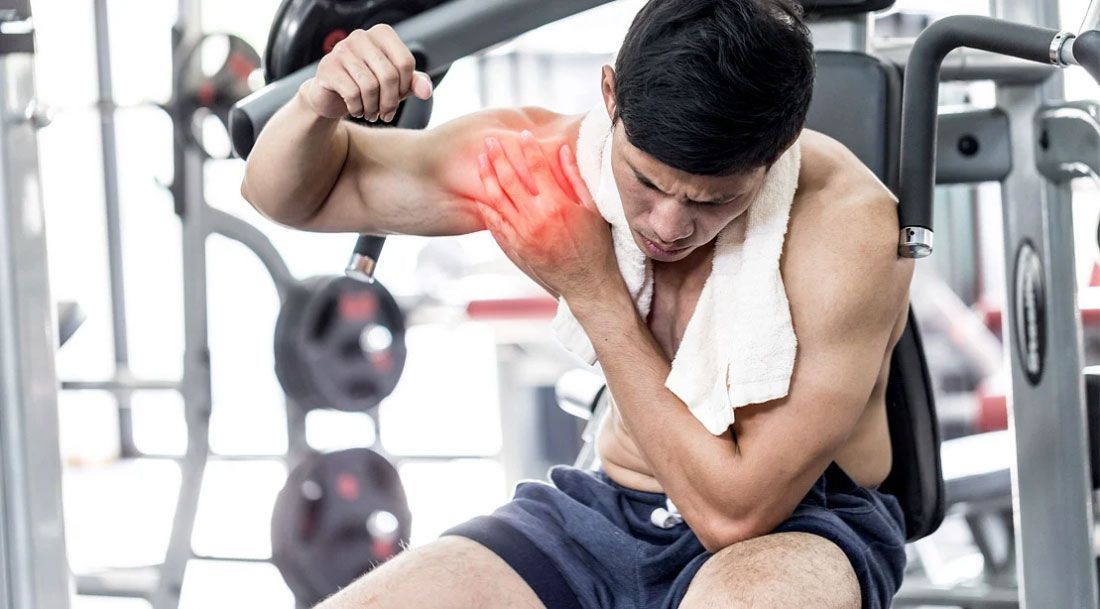
Sports massage is a specialized form of massage therapy designed to address the unique needs of athletes and individuals engaged in regular physical activity. This therapeutic technique goes beyond relaxation, focusing on enhancing performance, preventing injuries, and facilitating recovery. In this article, we will explore what sports massage entails, who can benefit from it, and the biological changes and responses associated with regular sessions.
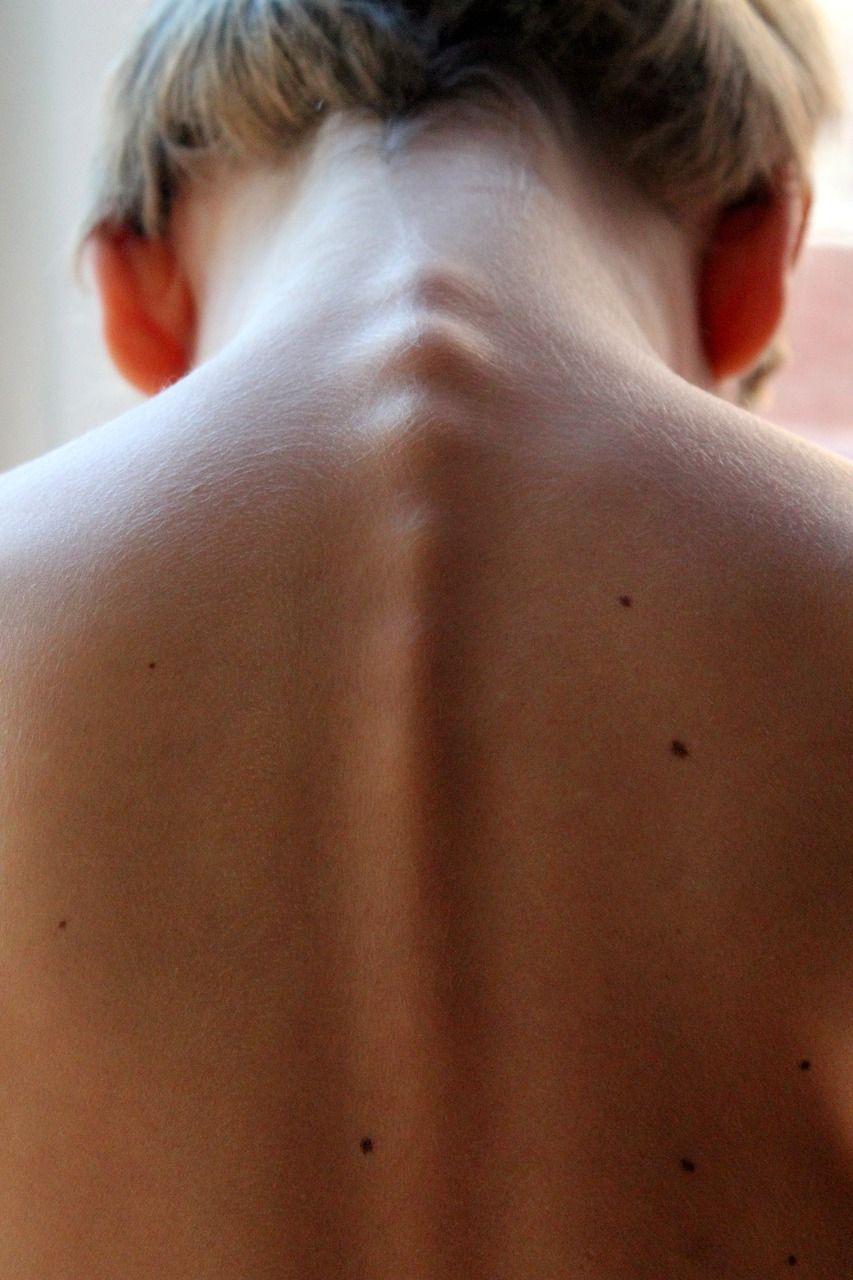
Manual therapy, encompassing techniques like mobilization and manipulation, stands as a cornerstone in physiotherapy for addressing dysfunctions of the spine. This article delves into the physiological effects of manual therapy, the procedure itself, potential side effects, and the diverse range of individuals who can benefit from this hands-on approach.
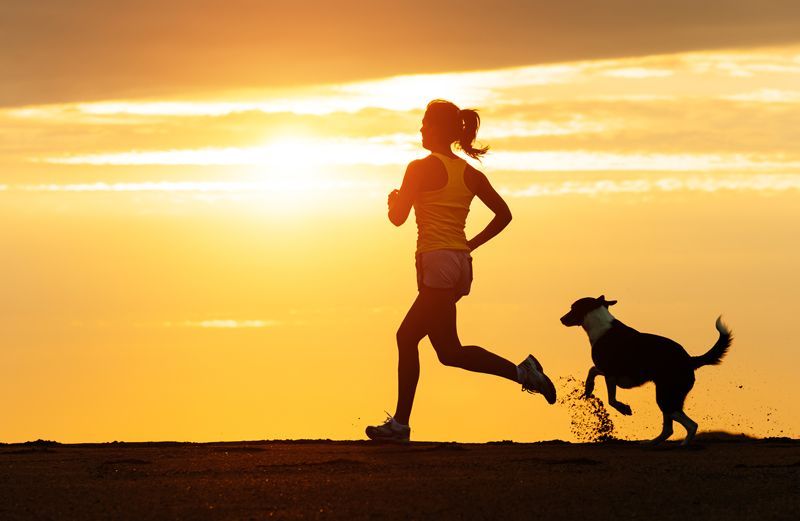
Early mornings offer a unique opportunity to seize the day and set a positive tone for the hours ahead. One way to achieve this is by harnessing the power of early morning endorphins. In this article, we'll explore what endorphins are and the numerous benefits they bring when released in the morning.

Back pain is a common ailment that can significantly affect our daily lives. While many of us have heard about herniated or bulging discs, you may be less familiar with a related condition known as disc referred pain.In this comprehensive guide, we'll explore the concept of disc referred pain, its underlying causes, methods of diagnosis, and various treatment options, both surgical and non-surgical.

The journey to a fit and healthy lifestyle often takes us to the gym, where we engage in various exercises to build strength, endurance, and overall well-being. While working out can be immensely beneficial, it's crucial to be aware of the potential risks that come with it. Gym injuries are not uncommon, and they can range from minor inconveniences to serious setbacks. In this post, we will explore the nine most common gym injuries, shedding light on how they occur, how to prevent them, and what to do if you find yourself facing one.

